From a popularity point-of-view, neither transmission wins. The average American prefers a “slushbox” (automatic transmission). They don’t “row the boat” (manual transmission) or “paddle shift” (dual clutch sequential gearbox). The average driver wouldn’t dream of replacing their set-and-forget tranny with something requiring conscious thought. Or subconscious mastery. It’s the latter that lights the fire for stick and paddle people. Only one is better than the other . . .
The first-gen Volkswagen Golf R with a 7-speed DSG dual-clutch automatic transmission was my first encounter with a proper paddle shift. It’s a totally flingable four-wheel-drive hoon-mobile that’s not a Porsche (although it kinda is). Depending on which strain of marijuana you smoke, an eyeblink takes between 100 to 400 milliseconds. The Golf R’s paddle shift system swap cogs in 200 milliseconds.
So what? Who cares? If you want to drive as fast and as safely as possible, there’s a simple recipe: two hands on the wheel, eyes on the road and a foot on either the gas pedal or the brake. You know, like race car drivers.
A DSG paddle shift – not a paddle-mounted slushbox controller – removes distractions while enabling the fastest possible upshifts and downshifts. Shifting is so effortless it becomes subconscious. You focus on life-and-death variables like grip and the SUV lumbering towards you with its wheels on the wrong side of the dividing line.
Paddle shifts don’t provide the same kind of physical connection to your car as a manual transmission. You lose the Vulcan mind meld thing. Or do you?
Do jet pilots lose the ability to become one with their plane when it’s equipped with fly-by-wire technology? In fact, a DSG tranny forces you to grok the engine through sound. Ask a recently blind person – removing one sense heightens the others. Make no mistake: it’s a buzz.
A manual transmission requires exponentially more expertise. You have to keep one hand on the steering wheel and one hand on the shifter, with two feet choosing between three pedals; with one hand going back and forth between the wheel and the shifter and one foot choosing between two pedals (gas and brake) while the other foot chooses whether and when to press the third pedal (the clutch), how long to keep it depressed and the speed at which its released.
Did I mention double clutching? Heel and toe downshifts? Learning how to master a sports car with a stick shift/manual transmission is like building a Lego Millenium Falcon without instructions. The upside: once you figure it out, once you can shift like a boss, you get all the satisfaction of a piano player who’s mastered boogie woogie basics. Along with the adrenal thrill of trying not to die.
Driving a stick doesn’t just give you the glow of mechanical mastery. It creates a direct, visceral connection to the engine. You feel the gearbox interacting with the powerplant. It’s the difference between riding a horse and riding a motorcycle.
At the same time, the stampede from manual transmissions to automatic and paddle shift systems represents a lamentable move from a hands-on connection to the might of the industrial revolution to the intellectual detachment characterizing our current age of digital disposability. People who drive stick shift cars aren’t Luddites. They’re preservationists.
Which transmission “wins” this contest depends less on efficiency, safety, commitment and cultural considerations, and more on whether or not you like to cook.
If you enjoy making your own food from fresh ingredients, you’ll be a stick shift driver ’til the day you die – or can’t get a car with a manual tranny that suits your needs. If you prefer to eat at a fine restaurant, you’ll be paddling your way to paradise for the foreseeable future.
In short, the stick shift wins.
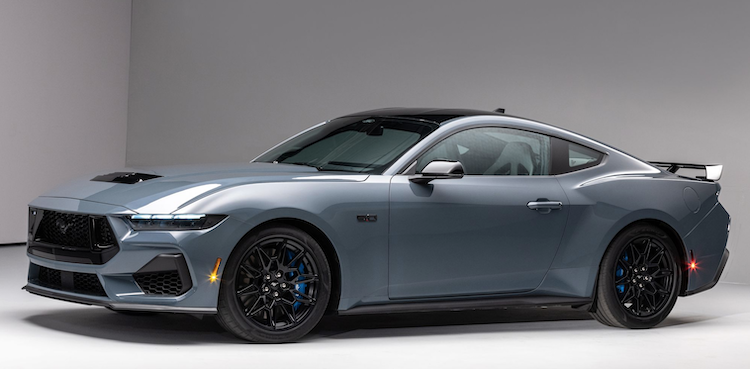
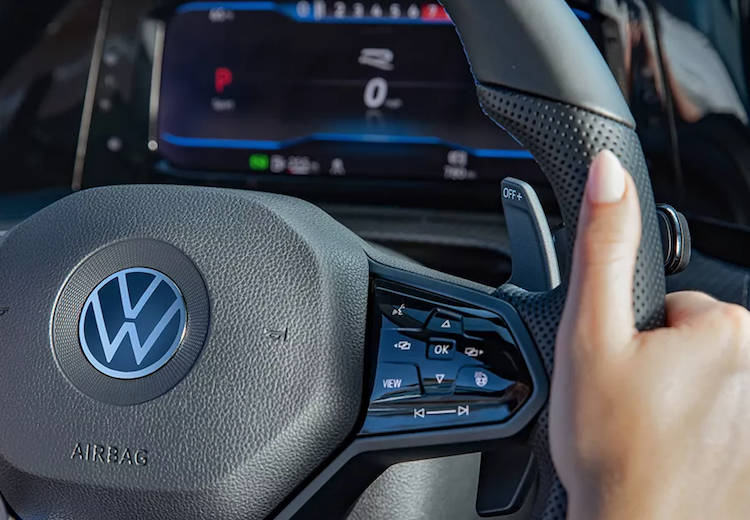

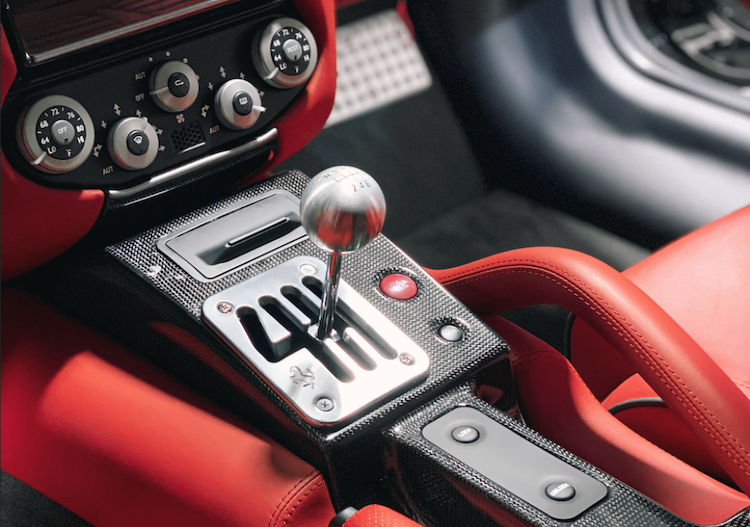
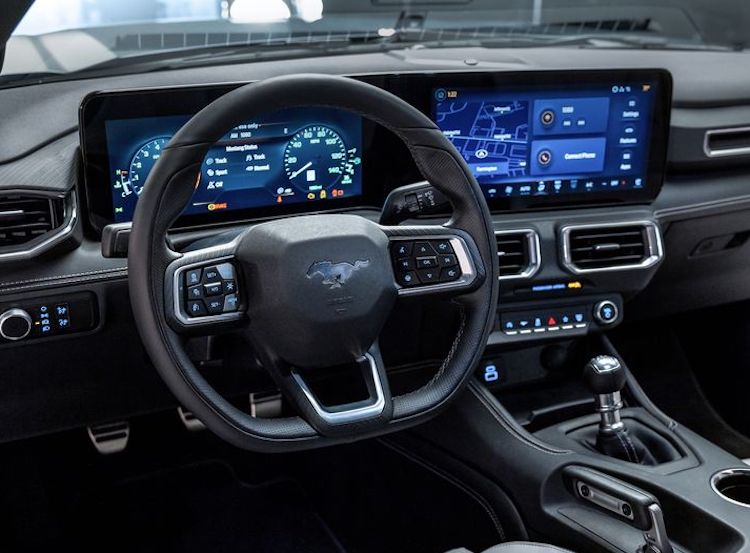

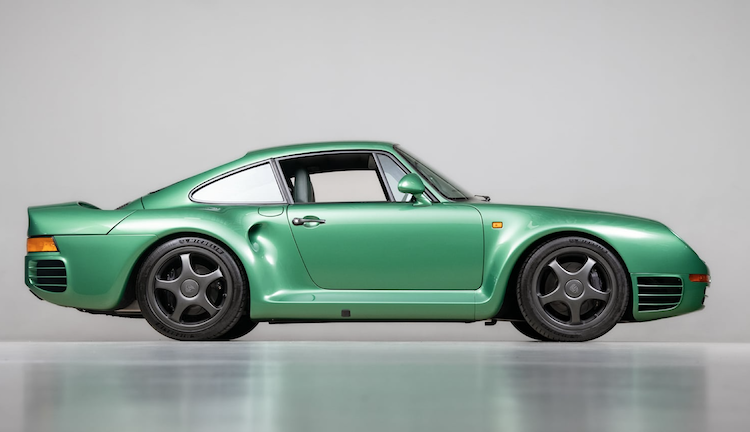
Also, with a manual transmission you have a built-in anti theft device